Learn the pros and cons of real vs. fake Christmas trees to determine what's right for you. Plus, we've included some safety tips.
Our editors and experts handpick every product we feature. We may earn a commission from your purchases.Learn more.
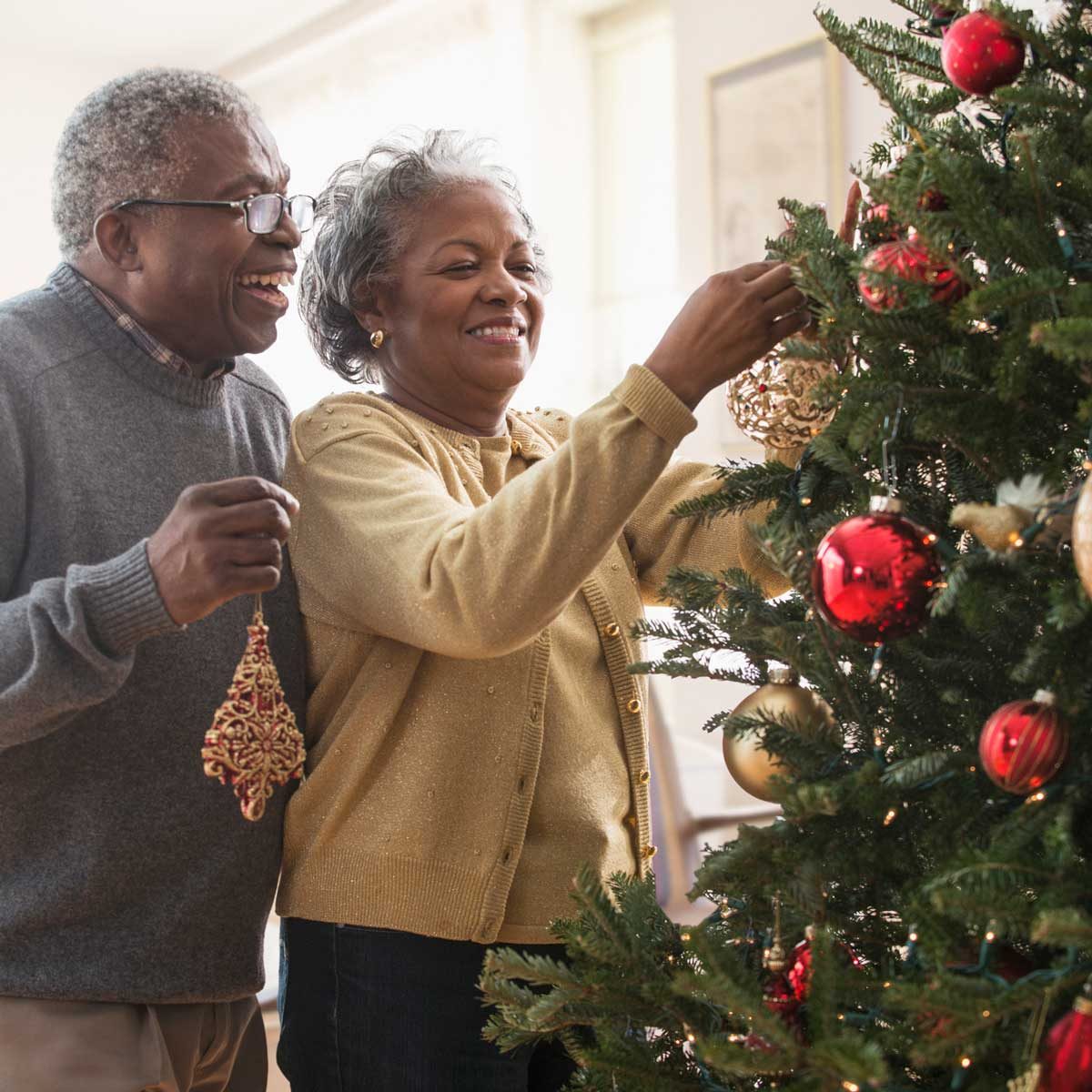

Learn the pros and cons of real vs. fake Christmas trees to determine what's right for you. Plus, we've included some safety tips.
Our editors and experts handpick every product we feature. We may earn a commission from your purchases.Learn more.
It’s a debate for many families during the holiday season — should the Christmas tree be real or artificial? Here’s a look at the pros and cons of buying a real Christmas tree vs. an artificial Christmas tree.
On This Page
Real Christmas trees have been a popular choice for years. You don’t have to store them once the season is over, and they bring a comforting, natural scent into your home.
There are almost a dozen varieties of real Christmas trees, with slightly different scents, needle shapes and colors. Popular kinds include:
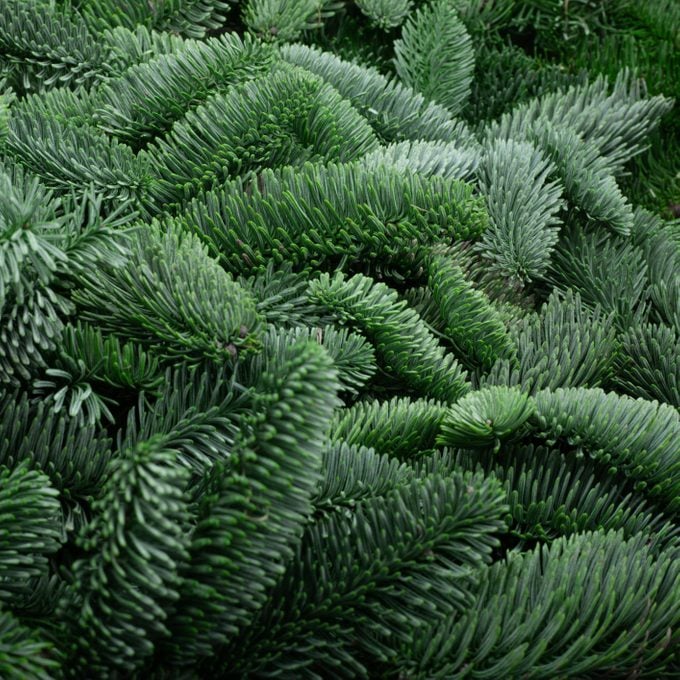
Noble firs feature blueish-green needles and grow in a pyramid shape. The needles are usually 1-1/2-in. long.
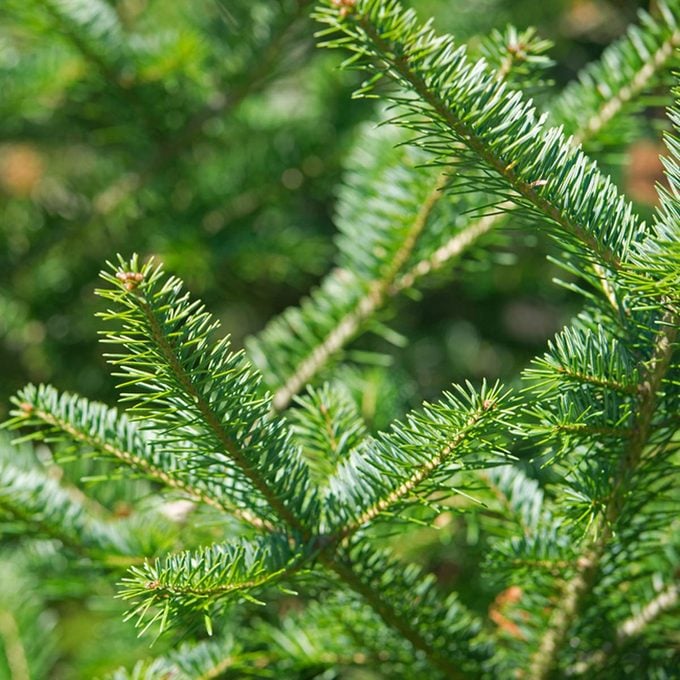
Balsam firs are a Christmas favorite year after year because of their signature scent. They’re also pyramid-shaped, but with dark green needles.
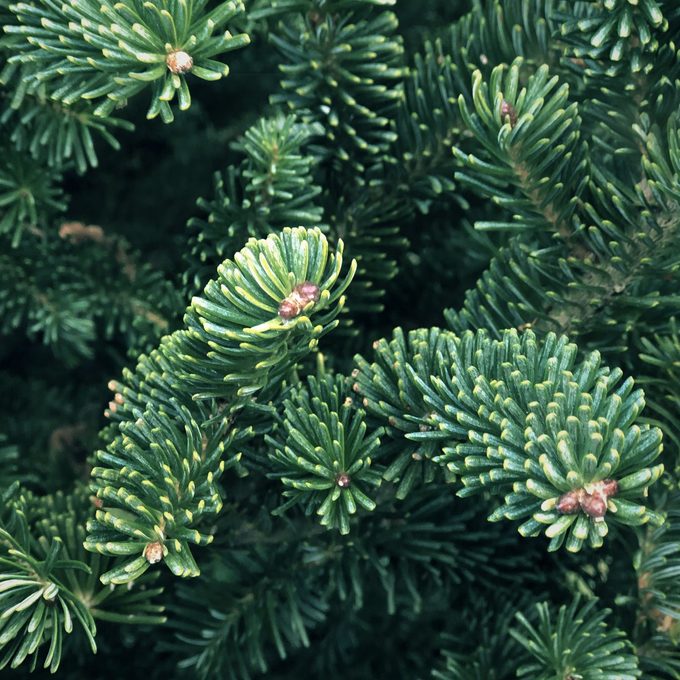
Fraser firs are similar to Balsam firs in shape (pyramid) and needle color (dark green). But they’re more compact, making them a popular choice in small spaces.
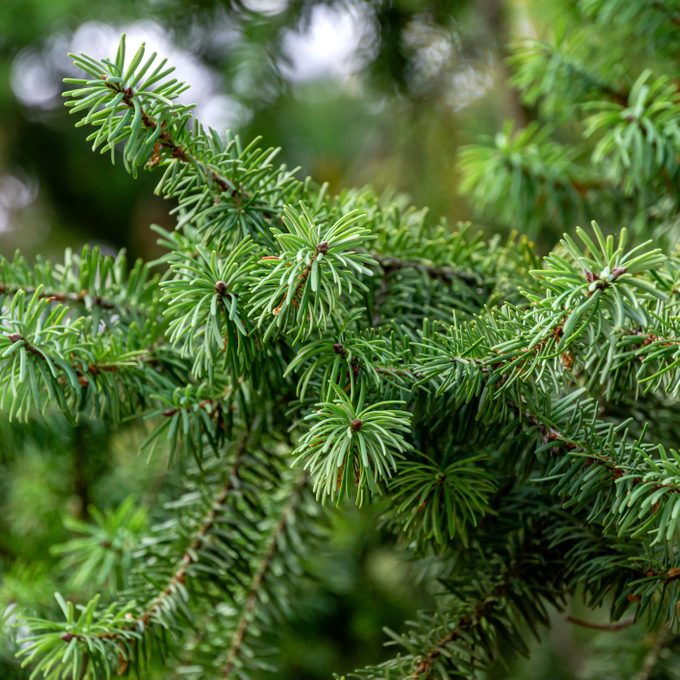
There are a few subspecies of Douglas fir, each with their own color. The needles are soft and stay on the tree longer than other varieties.
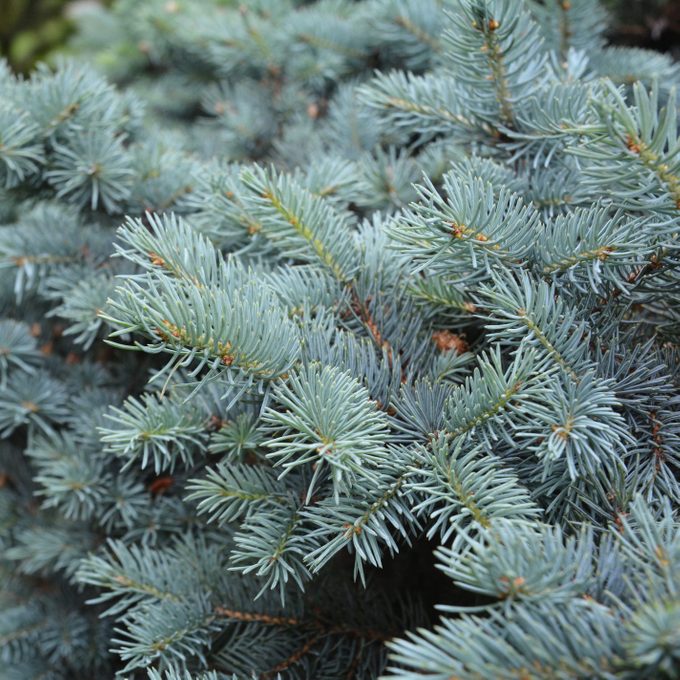
Colorado blue spruces offer a unique silvery-blue color and a pyramid shape. Be careful: Their needles are pricklier than other varieties.
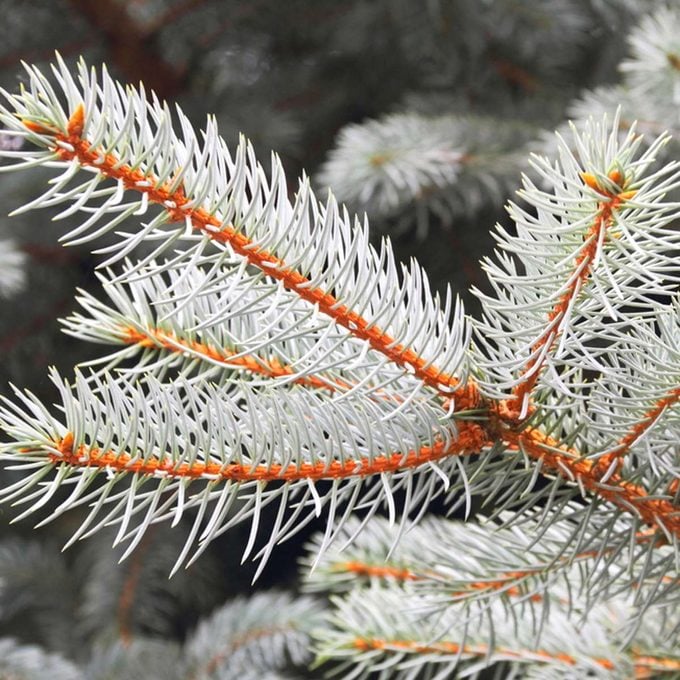
White spruces are beautiful and tall, with light-colored needles.
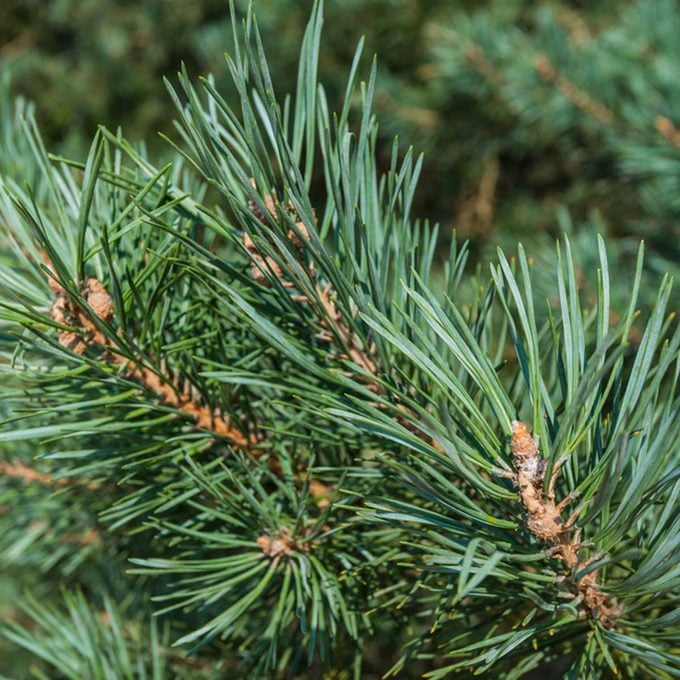
Scotch pines retain their needles for a long time, making them a popular choice. They’re oval- or pyramid-shaped, with blue-green needles that fade to yellow-green as the season goes on.
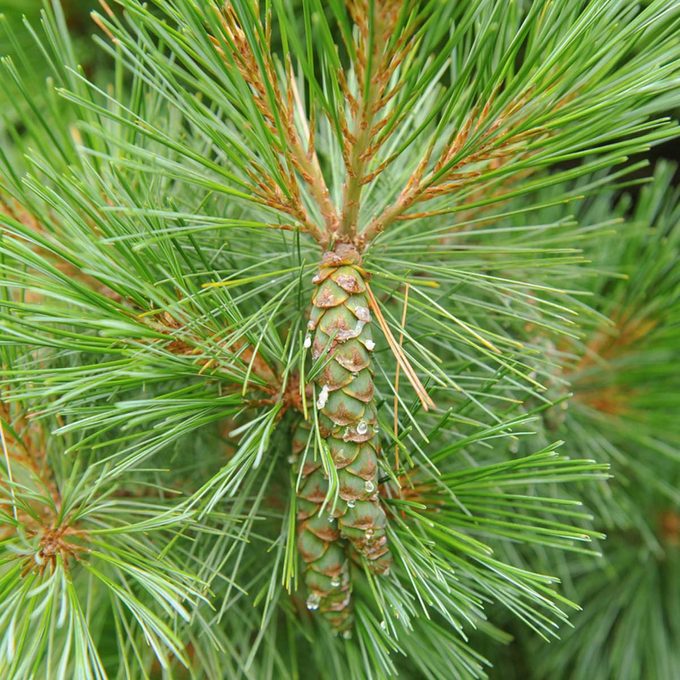
Eastern white pines are another popular choice. They have blue-green needles with an oval or pyramid shape.
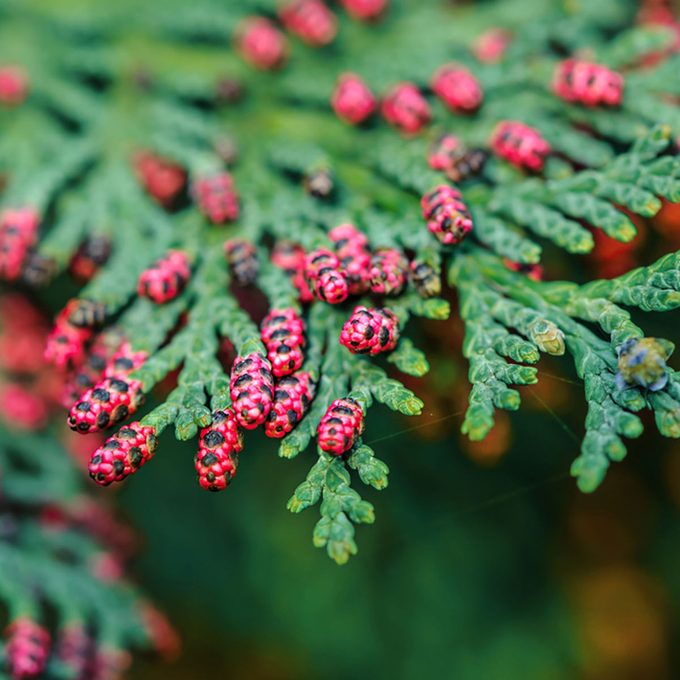
Eastern red cedars are usually pyramid-shaped and medium green.
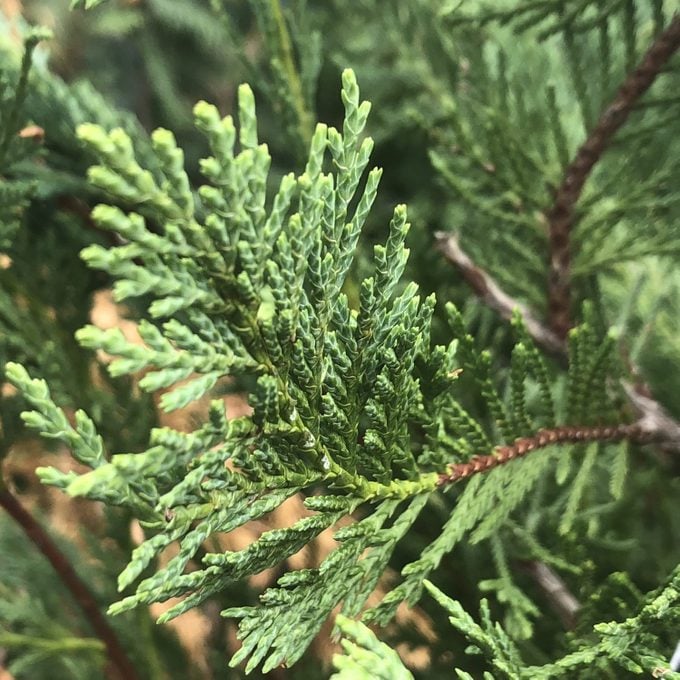
Leyland cypresses are more slender than other species. Their soft needles are generally dark green or blueish green.
Local tree farms typically sell them, while other organizations like the Boy Scouts and Lions Club often sell trees in a lot during the holidays.
Most Christmas tree lots will sell simple bases for your tree, but you can also buy one elsewhere or make your own. Either way, be sure to set up the tree securely and add water to the base before you start decorating. It’s easiest to do lights first, then garlands, and finally ornaments and your tree topper.
For those unwilling to shell out money annually or with allergy issues, artificial Christmas trees are a great solution. You’ll need to find a place to store them, but they will save you money in the long run. Many kinds even come with lights already attached.
You can find these at hardware stores and online vendors like Amazon. Fake trees typically range from $60 to $350, depending on features.
Artificial Christmas trees come with assembly instructions. With most, you simply hook in the branches. Many come with lights already built in. Once you’ve assembled the tree, you plug it in and put on your ornaments!
Once the holiday is over, what’s the best way to store an artificial Christmas tree? That can be a pain because it takes up so much space.
Here’s an idea: Buy two eight-inch-diameter concrete form tubes, wrap each layer of the tree in twine and shove half of the tree layers down each tube. Mark the layer numbers on each tube and slide the tubes up in your garage rafters for a perfect storage solution!
Artificial Christmas trees are assembled in color-coded layers. After a few years, if the colors rub off or you lose the instructions, and putting the tree together may be confusing. If that happens, try this simple trick:
When you disassemble the tree at the end of the season, do it one level at a time. Once all the branches from one level are off, duct-tape them together and number each layer with a marker. Next year, the tree will go together in a snap!
Bonus fake Christmas tree storage tip: When dismantling our artificial Christmas tree, we always used the ribbons they came with to tie up the boughs of each section.
Last year, the ribbons finally wore out and we couldn’t find a strong enough replacement. Instead, we came up with a terrific substitute — self-adhesive bandage wrap. Strong and reusable, the wrap doesn’t cost much and won’t damage the tree.
Whether you have a real or an artificial tree, safety is a priority. Dry needles on a live tree can pose a fire hazard, while faulty wiring is a potentially lethal nightmare.
If you have a real tree, make sure you regularly check the water level. And never use electric lights on metal trees.
No matter what kind of tree you have, opt for LEDs where possible. They don’t produce heat so they’re a much safer option. Always unplug the tree at the end of the night and be sure to keep it a safe distance from open flames.
It depends on the tree’s species, its freshness at the time of purchase and how well it is cared for. On average, a well-maintained real Christmas tree can last indoors for about four to six weeks. Regular watering, keeping it away from heat sources, and using tree preservatives can help prolong its freshness. After this period, the tree will start to dry out, shed needles, and become a fire hazard, so it’s important to dispose of it properly to ensure safety.
Whether you plan to display a real or artificial Christmas tree this holiday season, you’re going to need a stand to hold it in place. Follow our step-by-step guide for how to build a Christmas tree stand.